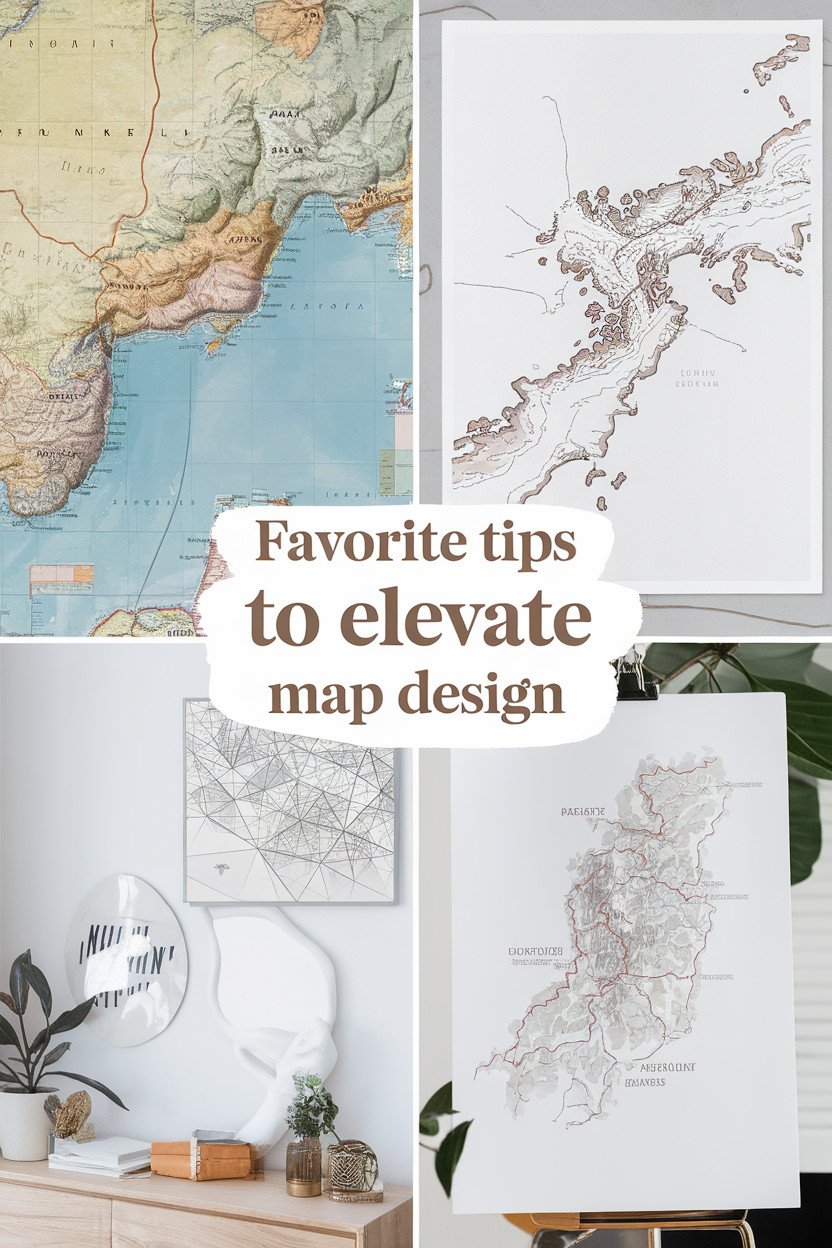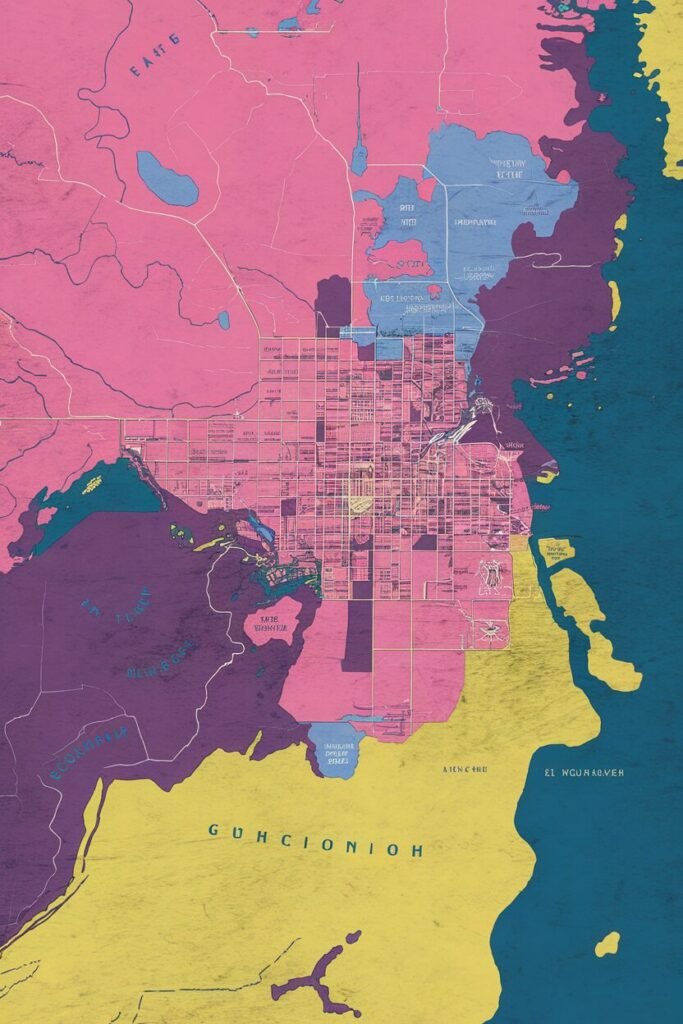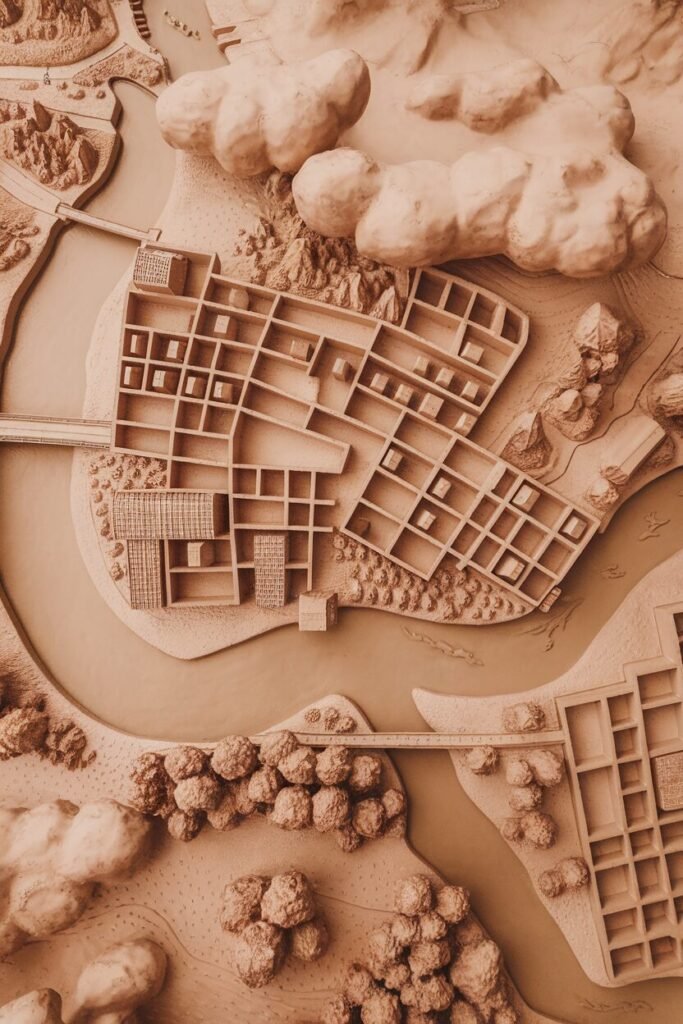Maps can be so much more than just tools for navigation. They can tell stories, evoke emotions, and spark curiosity. With a few creative tweaks, your map design can turn into a captivating visual experience!
Choose a Unique Color Palette
Picking a color palette can make your map pop! Instead of sticking to the usual blues and greens, think outside the box with vibrant colors that reflect the theme of your map.
A unique palette not only grabs attention but also conveys the mood you want to share. For example, warm colors can evoke feelings of adventure, while cool tones might create a calm, serene vibe.
When choosing colors, try using tools like Adobe Color or Coolors to find combinations that work well together. Plus, don’t forget to consider color blindness; using patterns along with colors can help everyone enjoy your design!
This approach is cost-effective too! You can use free online resources and software, allowing you to create stunning maps without breaking the bank.
Add Personal Touches
Your map can reflect your personality or interests, making it truly one-of-a-kind! Incorporating personal elements like favorite locations or hand-drawn icons adds a special charm and makes the map more relatable.
Think about adding little doodles or symbols that represent what certain places mean to you. Maybe a tiny heart for your favorite café or a star for a spot where you had a memorable adventure!
You can even include quotes or sayings that inspire you, bringing depth to your design. This personalization makes the map not just a decorative item, but a piece of art that tells your story.
<pCreating a personalized map can be budget-friendly, especially when you use simple tools or even do it by hand. It’s all about expressing yourself without spending a lot of money!
Incorporate Interactive Elements
Interactive maps are super fun and can engage viewers in a whole new way! By adding clickable areas or QR codes, you can lead people to more information, like photos or stories about the places on your map.
<pThis feature makes your map come alive and turns it into an experience rather than just a visual. Imagine someone clicking on a spot and learning about a historical event or finding a cool restaurant nearby!
<pInteractive elements can be added using simple website-building tools or even apps designed for map creation. This way, your creativity shines while providing an enjoyable exploration for viewers.
<pWhile it may seem complex, many free or low-cost platforms can help you create these interactive features easily. So, you can level up your design without spending loads of cash!
Experiment with Texture and Layers
Texture can add dimension and depth to your map, making it visually more interesting! Consider using different materials or digital techniques to create a layered look, like mountains that seem to pop out or smooth water surfaces.
<pLayers can help represent diverse terrains, making your map not only beautiful but also informative. For example, using lighter colors for higher elevations and darker tones for valleys can give viewers a better understanding of the landscape.
<pYou can experiment with various textures such as wood grain, fabric, or even watercolor effects. Mixing these elements can give your map a unique feel that stands out from the rest!
<pTrying out different materials and methods doesn't need to be expensive. Whether you’re using paper, fabric, or digital design tools, there are plenty of affordable options to help you achieve a stunning textured effect!




